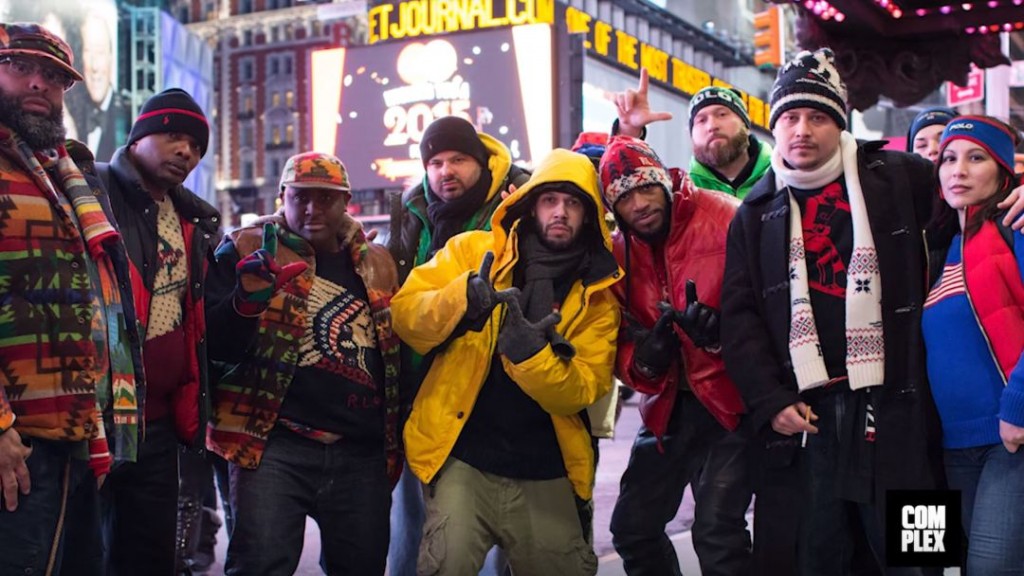Have you every wondered why sagging pants is demonstrative of “negative values” but holey, plastic Croc sandals are not? If you’re like me, you’ve thought about it a lot. It isn’t because sagging pants was initiated through jail culture, and therefore, carried with it a distasteful aesthetic. More accurately, sagging pants is considered distasteful simply because black people started wearing their pants like that first. And the same goes for much of the other clothes we see and subsequently attach a value towards: certain types of running shoes, certain styles of jeans, and the wearing of certain jewelry in a certain way. A plain white Hanes t-shirt would be undesirable or unsavory or even abhorrent for anyone to wear to a workplace they considered a career, especially if that career was in the business world. But those same shirts were perfectly fine when the Generation X CEOs started wearing them to corporate meetings. My Nike Huaraches are “flashy” when I wear them to work, but Steve’s Asics FuzeXs (I had to look that up, too) are just fine. They are both running shoes – essentially equipped with the same types of fabrics, colors and soles. Why does Steve get a pass but I get kickback on my choice of footwear. I think we can collectively say, “you know why?”
Because I don’t work at Walmart or have a career as a police officer, I get to pick and choose what I wear to work on a daily basis. Nothing wrong with working at Walmart as a means for securing a better future for your children or even if you just like working there. Also, nothing wrong with the cops who don’t blow black heads off. My point is, I am part of the majority of the population who find themselves in careers where they do not necessarily have to wear a uniform nor any über “formal” attire. But with this liberty comes some conjecture. Experiencing the opportunity to dress authentically uncovers the views of just what clothing means to people, to society, and how we operate and negotiate our authenticity against what is considered normal.
Maybe I wonder about stuff too much because, when I really start to think about clothes, I start to think about things like, why are khakis and Sperrys “conservative” while jeans and Jordans are not? Regardless of the name brand, or designer, or messaging as echoed through a logo, our clothing is defined more so by the people who put the clothes on rather than the actual clothes. Don’t believe me? Think about the brand Polo.
Clothes are an explicit example of the chicken-and-egg dilemma of race that society finds itself scrambled in. My Jordans, jeans and gold chain do not make me the man I am inside but yet they do. At least, to all considered people involved, they appear to do so. And in a similar vein, so do Patrick’s, or even Samantha’s, clothing choices.
And so, the fabric of our clothes represents the cloth of our society – as frayed as it lay at this point. Instead of buying Asics shoes, I buy Nike. I may very well have bought Asics, but those same shoes weren’t very appealing to me so I just didn’t get them. It is really that simple. Yet, I have the same degrees and work in the same career as Billy. And yet, Billy and I are flashy in different ways. Apparently, although we both wear running shoes, one is good and one is bad.
[share title=”Share this Post” facebook=”true” twitter=”true” google_plus=”true”]


